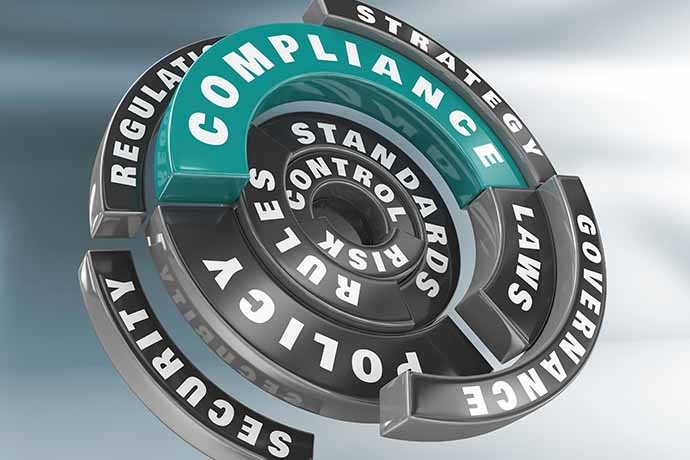
There is an enormous list of state and federal rules and regulations that need to be considered when a truck is built and registered. These laws protect the safety of the driver, passengers and other road users. Not complying with them can result in large fines, time off the road and even possible injury.
Prevention is much better than cure. Jeff Gibson works with some of Australia’s biggest fleets to give them the peace of mind of knowing that their vehicles are capable and compliant. By sales engineering a truck, you are able to dial in your requirements and provide a suitable solution to meet your criteria and exceed your expectations.
“I am a big believer in the phrase ‘If you don’t have time to do it right the first time, when will you have time to fix it?’” Mr Gibson said.
“Think of your truck like you would any item you buy. If you were going to buy a hook to hang a 1kg picture, ask yourself would you buy a hook with a 1kg capacity or 1.5kg capacity? The biggest mistake some owners make is to buy a truck that is always at its capacity. Yes it will do the job and yes it will be cheaper in the short term, however we are more interested in providing the customer with the best long term solution to grow their business.”
Once the correct chassis is selected, the next step in the sales engineering process begins.
Firstly, all vehicles must comply with the applicable Australian Design Rules (ADRs) for the vehicle class. The ADRs are technical standards for vehicle safety, anti-theft and emissions published by the Department of Infrastructure and Regional Development. Each sales-engineered Hino truck will abide by these construction standards.
In addition to the ADR guidelines, there are Vehicle Standards Bulletins (VSBs) also published by the Department. These provide guidance on design, manufacturing and modifications which need to be followed when working with heavy vehicles.
As Australia is such a large country with vastly different road and transport requirements, each state applies separate rules in accordance to their environment. Since 2014 heavy vehicle laws in New South Wales, the Australian Capital Territory, Tasmania, Queensland and South Australia have been consolidated by the National Heavy Vehicle Regulator (NHVR).
For Western Australia, heavy vehicle laws are regulated by Main Roads. In the Northern Territory, the regulatory body is the Northern Territory Department of Transport.
The NHVR is Australia’s national and independent regulator of all vehicles over 4.5 tonnes gross vehicle mass. Even with the NHVR in place, some aspects of heavy vehicle regulation remain the same. Registration, licensing, training and testing are still the responsibility of state and territory authorities. All laws are enforced by the respective state and territory police and authorised officers.
Australia wide, very strict rules and fines apply for axle overloading and exceeding dimensional limits. Careful consideration must go into weight distribution of the completed vehicle, both loaded and unloaded. Mr Gibson ensures all trucks comply with these load limits as well as dimensional limits of trailers and accessories.
With fines of up to $20,000 in place for an infringement, it definitely does not pay to ignore these laws. As a fleet vehicle, the fine is even heftier, in some cases doubling the already substantial fine placed on an individual. For the full list of court imposed and infringement penalties by the NHVR, click here.
In addition to these laws and regulations, Hino provides its own comprehensive Body Mounting Manual containing all the guidelines needed when working with a Hino chassis.
With all these rules and guidelines in place you need expert guidance from the manufacturer, that’s what Hino Sales Engineering provides.
To find out more about the heavy vehicle rules and regulations in your state, click the links below: